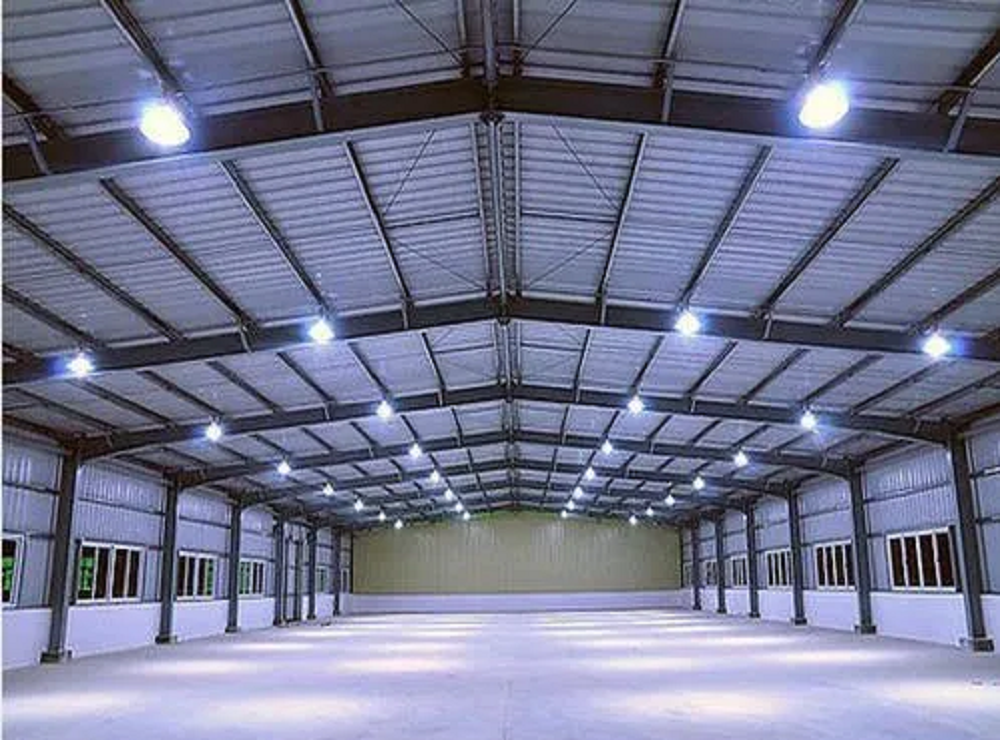Choosing Efficient Warehouse Lighting

Warehouses typically have high ceilings, so the lighting you choose needs to be effective to ensure that the entire warehouse is well-lit and safe. Improper lighting can also lead to accidents. When you shop for warehouse lighting, consider the most versatile and energy-efficient warehouse lighting option. Some other factors you need to consider are listed below:
Light Distribution Type
When choosing warehouse lighting, it is important to consider light distribution. There are two main types of distribution: direct light and indirect light. Direct light provides greater safety and visibility, while indirect light can cast shadows. The distribution you choose for your warehouse will depend on how much lighting you need and how the lighting will be used. A warehouse’s lighting layout is vital to the lighting system’s efficiency.
Energy Efficiency
One of the main considerations in choosing warehouse lighting is energy efficiency. LED high bays can save up to 75% in energy costs. In addition, these lights have long life spans and are more efficient than incandescent lamps. An LED high bay will also produce more even white light. Additionally, LEDs are better at color rendering and will produce fewer shadows than incandescent lights.
Another important consideration when choosing warehouse lighting is quality. Choosing the right light fixtures can improve worker safety and productivity. Light fixtures with natural white light are recommended to reduce eye strain and increase visibility. They also should have a high CRI, or color rendering index (CRI), to ensure accurate color reproduction. Additionally, warehouse lights come in various mounting options, including wall-mounting, pole-mounted, and mast-mounted lights.
Cost
When planning a lighting layout for a warehouse, you need to consider several factors. First, you need to determine the ceiling height of the space. It will help you determine how many lights to install and the distance between them. You also need to determine the number of foot-candles required to illuminate the space properly. You will also need to consider the weather and other conditions that may affect your lighting fixtures.
Another important consideration is the safety of your workers. If employees are not working in optimal lighting conditions, they are at a greater risk of injuries, resulting in lower productivity. Additionally, inadequate lighting can lead to worker mistakes, such as misreading labels. Proper lighting can also help employees find items more quickly and spend less time searching for inventory. Finally, a properly lit warehouse can help increase employee productivity and reduce operating costs, affecting your bottom line.
Color Temperature
Color temperature is an important consideration when choosing efficient warehouse lighting. The right color temperature will help employees see clearly and reduce eye strain, which is essential for working in a warehouse. Experts recommend using lights in the 4000K to 5000K range. These temperatures produce cool white light with a bluish tint, which is ideal for reducing eye strain and improving productivity.
Color temperature refers to the temperature of the light that produces a specific color. It is measured in Kelvin units and is abbreviated CCT. Warmer temperatures are associated with yellowish hues, while cooler temperatures are associated with blue. When choosing efficient warehouse lighting, choosing the correct color temperature is essential to ensure maximum productivity and employee efficiency.
Dimming Options
Dimming options are an important part of your warehouse lighting setup. They help you manage energy consumption while also letting you adjust the intensity of the light to match your needs. LED warehouse lights use 0-10v dimming technology to provide different light output levels. When choosing a dimming option, you should consider the Kelvin color temperature.
The brightness of your warehouse lighting needs to be sufficient to allow you to see well but not blind you. It can be determined with the use of a lux meter. It would help if you aim for at least 150 lux in aisles and at least 250 lux in open spaces. You can use fewer fixtures if you have a skylight installed in your warehouse. This way, you can use fewer fixtures on sunny days.
Dwayne Kula
Dwayne Kula is the President of LED Lighting Supply. On any given day, Dwayne is writing content for the site and helps manage the marketing initiatives that are ongoing. He has a Software Engineering degree and still dabbles in writing software for the company as needed. When not working, he enjoys spending time with his family, working out, playing the occasional game of golf, and exploring New England.
LinkedIn: https://www.linkedin.com/in/dwaynekula/



